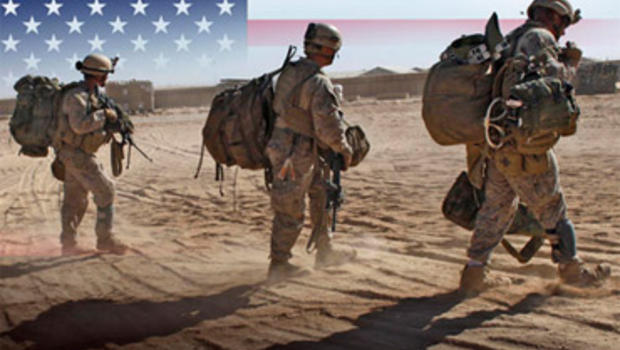AI, the tank and the ‘blitzkrieg’ concept: The US needs to think in a whole new way

/ FAITH, HOPE…

“Some people say there is a God; others say there is no God; the truth probably lies somewhere in between”
– W. B. Yeats
Can America think asymmetrically in the struggle with China?
It’s a pressing and difficult question, but Michele Flournoy recently offered a remarkable answer: Yes, there’s hope, if the US starts to see Artificial Intelligence (AI) as the 21st century’s tank.
She didn’t use those words exactly but the story she told Demetri Sevastopulo, the FT’s US-China correspondent, made a connection. (Click here to listen to the Rachman Review podcast, which is, alas, only available to FT subscribers.)
Anyway, before I get to Ms Flournoy’s answer, let me explain who she is and why her views matter. She is currently at the Center for a New American Security think-tank. In 2016, she was talked of as “president” Hillary Clinton’s likely defense secretary – the first woman in the role – but of course, Mrs Clinton didn’t win the election and Ms Flournoy never got to shatter that particular glass ceiling role. Going back further, Ms Flournoy served in the Pentagon during the Clinton and Obama administrations.
So Ms Flournoy knows her onions (and her tanks).
She told a fascinating story about the need for the US Department of Defence (DoD) to think in a new way about China, which has a big military and is flexing its muscles in the South China Sea.
Her story seemed to come via the late Andy (Andrew) Marshall, who served as director of the DoD’s Office of Net Assessment for more than 40 years. Here it is. Even though the British fielded the tank in WWI, it wasn’t hugely impactful until WWII when the Germans coupled the technology with the new concept of blitzkrieg. The offensive method meant that armoured tanks, backed up by close air support and mechanised infantry blasted through Allied lines.
The Germans got to the blitzkrieg concept by putting field-grade younger officers in a room and giving them three rules – you have to use this new technology (the tank); you have to break current doctrine and you have to win.
The US military too needs to be doing such conceptual work today, said Ms Flournoy.
Perhaps AI will be to warfare in the 21st century what the tank was to the 20th?

